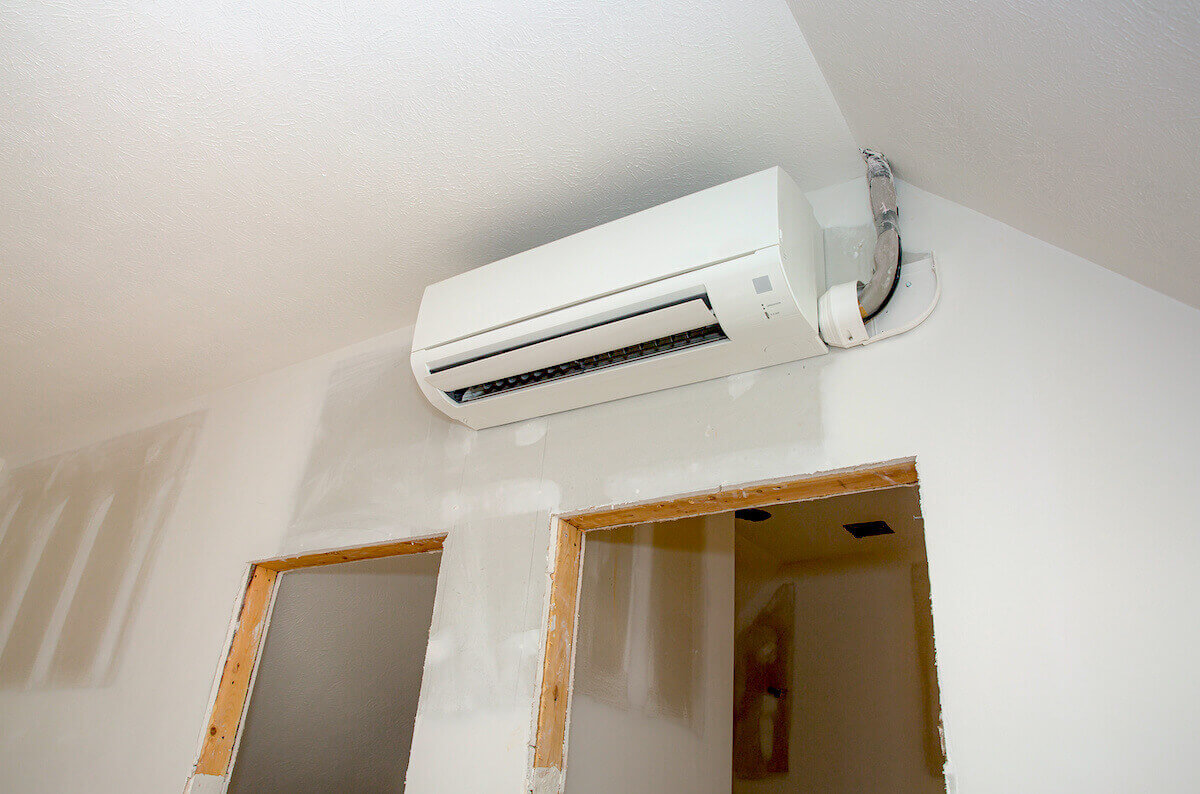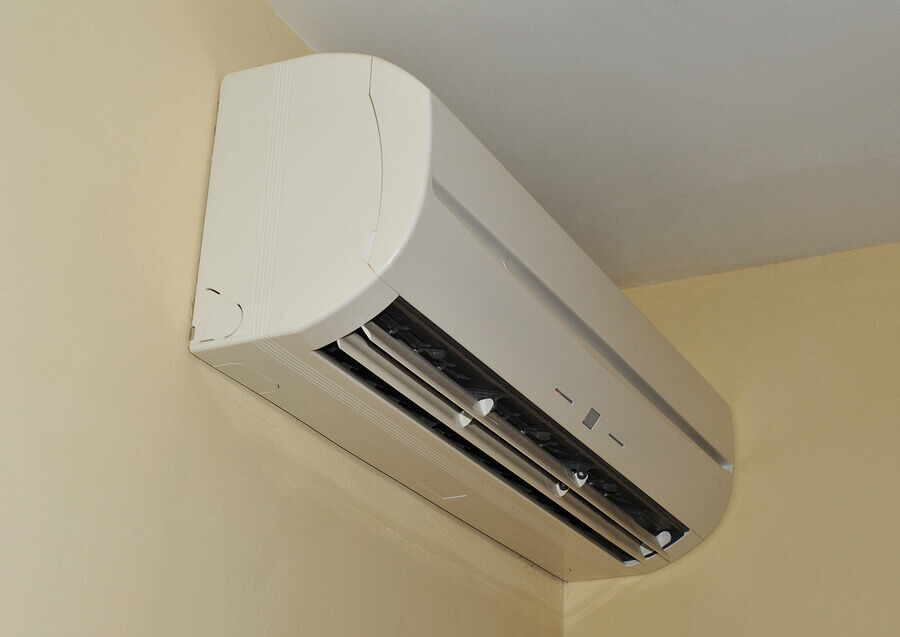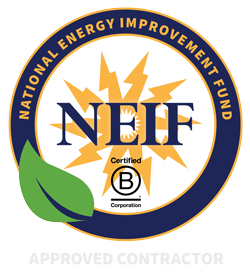How Much Does Mini Split Installation Cost: Complete Guide
- Cooling
- Heating
- Indoor Air Quality
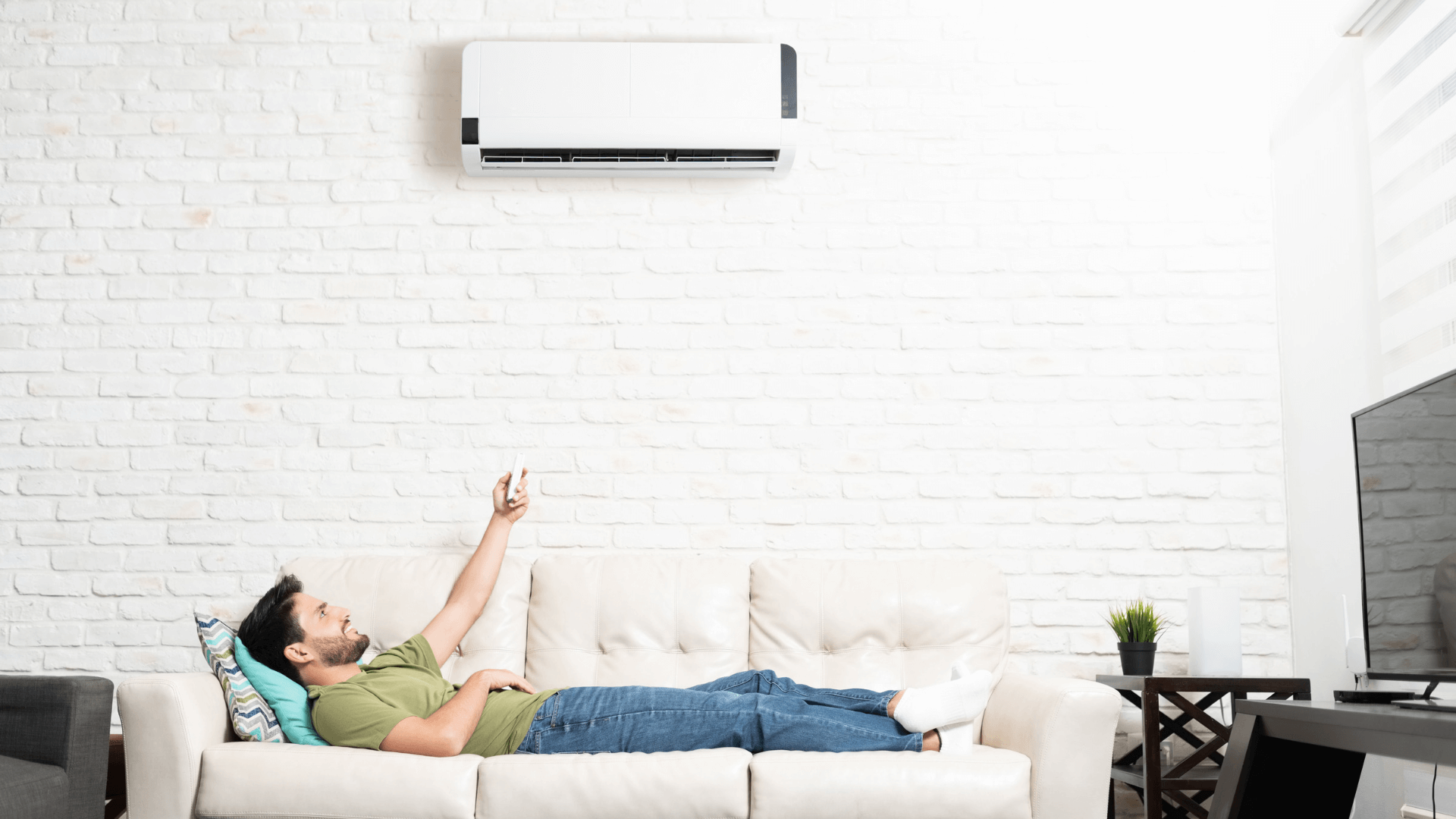
Mini split systems are a popular heating and cooling option for homeowners due to their efficiency and ease of use. If you’re considering installing a mini split system in your home, one of the most important factors to consider is the installation cost. In this blog post, we’ll provide a complete guide on costs and what factors affect the cost.
How Much Does Mini Split Installation Cost?
The cost of mini split installation varies depending on several factors such as the size of the unit, the complexity of the installation, and the location. On average, mini split installation costs between $3,000 and $8,000, including both materials and labor. However, the price can be higher or lower depending on the factors that we’ll discuss in the following sections.
Installation Cost Chart
The installation cost of a mini split system can vary based on several factors. The following chart shows the average cost range based on different factors:
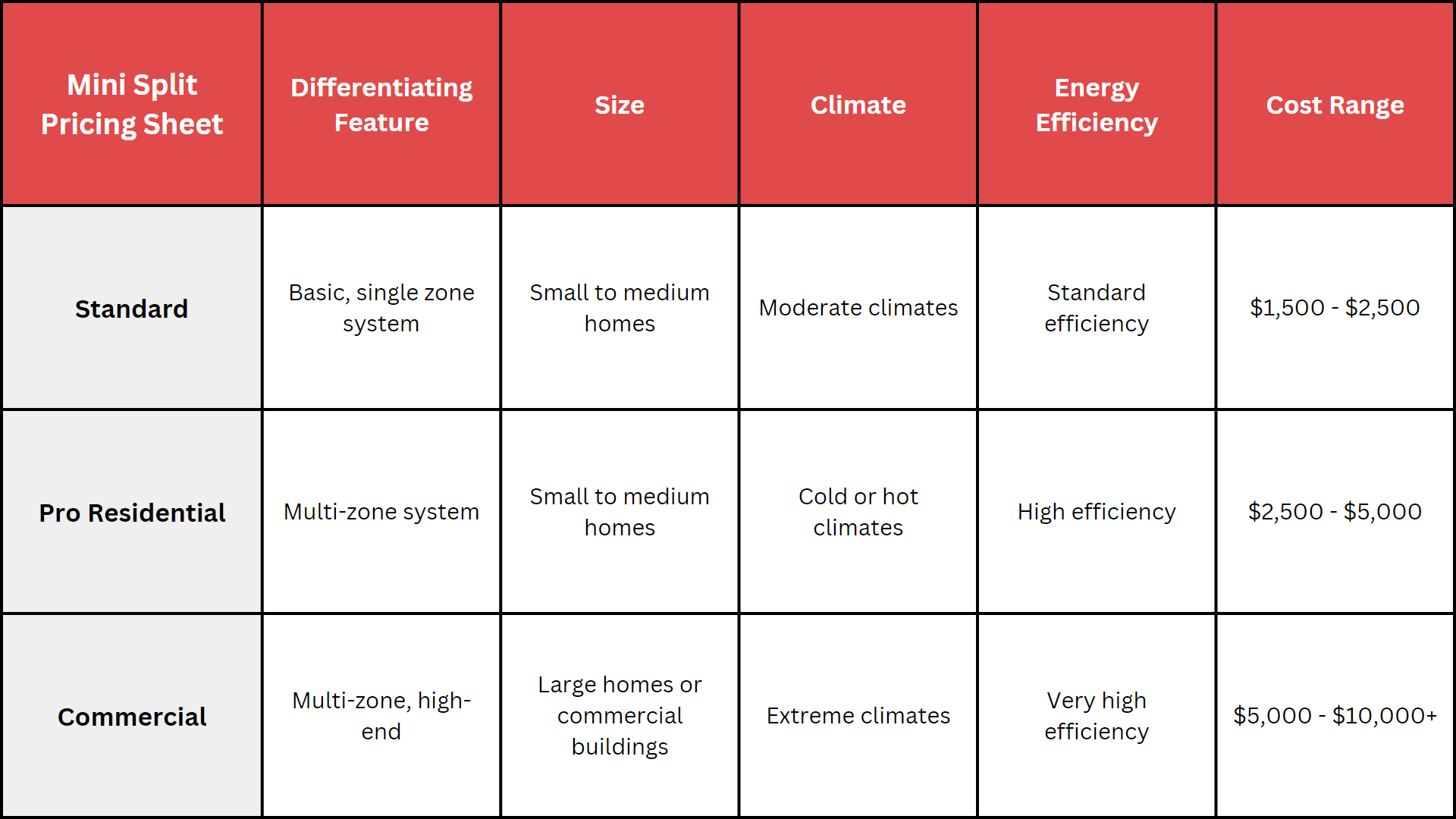
Other Factors That Affect the Cost
Several other factors affect the cost, including the size of the unit, the number of indoor units, the type of installation, and the location. Additionally, the complexity of the installation, the accessibility of the installation site, and the labor costs can also affect the overall cost.
Additional Costs to Consider When Installing a Mini Split System
When installing a mini split system, there are additional costs to consider, such as the cost of electrical work, the cost of a new thermostat, and the cost of maintenance. These costs can vary based on the complexity of the installation and the size of the unit.
Factors Affecting the Cost of Mini Split Installation
By understanding the factors that affect the cost, you can budget and plan for the installation of a mini-split system more effectively. Don’t forget to consider the additional costs when installing a mini split system to ensure that you’re fully prepared for the overall cost. Contact North Shore Home Energy for more information on installing your new mini split system.
Check out our Google Reviews!

